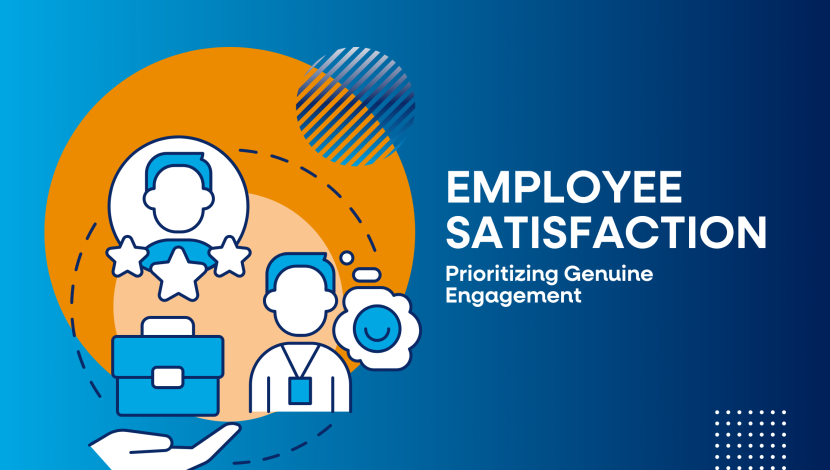Organizational management and the pursuit of employee satisfaction is a ubiquitous goal. It’s a metric that’s often measured through surveys, interviews, and feedback sessions. Yet, amidst this pursuit, there’s a crucial aspect that’s often overlooked—aligning the organization’s strategic initiatives with the genuine concerns and aspirations of its workforce.
Challenges in Traditional Approaches
Every leader, whether in HR, management, or at the executive level, understands the importance of gauging employee satisfaction. However, a challenge arises when organizational goals diverge from what truly matters to employees. In such cases, traditional satisfaction surveys might not yield the honest feedback that’s necessary for meaningful change.
Instead of merely focusing on satisfaction metrics, it might be more fruitful to conduct a needs assessment. What are the issues that truly resonate with employees? What aspects of their work environment, culture, and career trajectory do they care about the most? Understanding these concerns lays the groundwork for a more authentic engagement strategy.
Bridging the Gap
One crucial step in this process is to bridge the gap between the company’s strategic objectives and the employees’ personal priorities. Rather than presenting corporate goals in abstract terms, leaders should strive to relate them to something that employees genuinely value. For instance, if the organization aims to expand its market reach, employees should understand how their contributions can lead to greater job security, career growth opportunities, or a more fulfilling work-life balance.
However, gathering insights is only the first step. It’s equally important to ensure that employees see the tangible impact of their feedback. This means transparently communicating how their input has influenced decision making processes and organizational changes. Whether it’s implementing new policies, refining workflows, or enhancing employee benefits, demonstrating the direct link between feedback and action fosters a sense of ownership and empowerment among the workforce.
Benefits of Genuine Engagement
By prioritizing genuine engagement over superficial satisfaction metrics, organizations can cultivate a culture of trust, transparency, and collaboration. Employees who feel heard and valued are more likely to be invested in the company’s success, leading to higher morale, productivity, and retention rates.
In the long run, this approach not only benefits individual employees but also contributes to the overall health and resilience of the organization. When employees understand how their contributions align with the company’s broader goals and see the direct impact of their feedback, they become more inclined to actively participate in future engagement initiatives.
Redefining employee satisfaction requires a shift from passive surveys to active engagement strategies that prioritize understanding and addressing the genuine needs and aspirations of the workforce. By fostering a culture of open communication, accountability, and empowerment, organizations can build stronger connections with their employees and drive sustainable growth and success in the ever-evolving landscape of the modern workplace.


